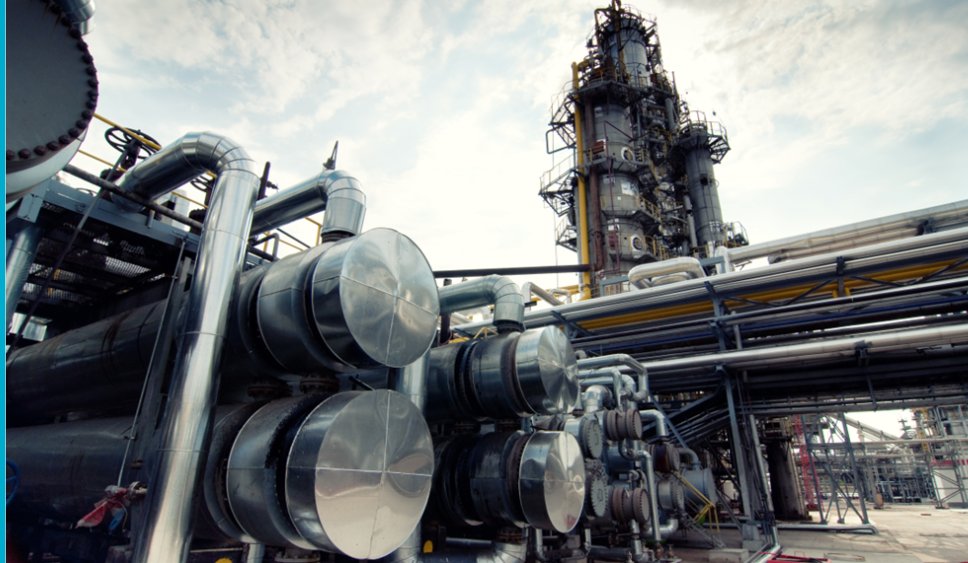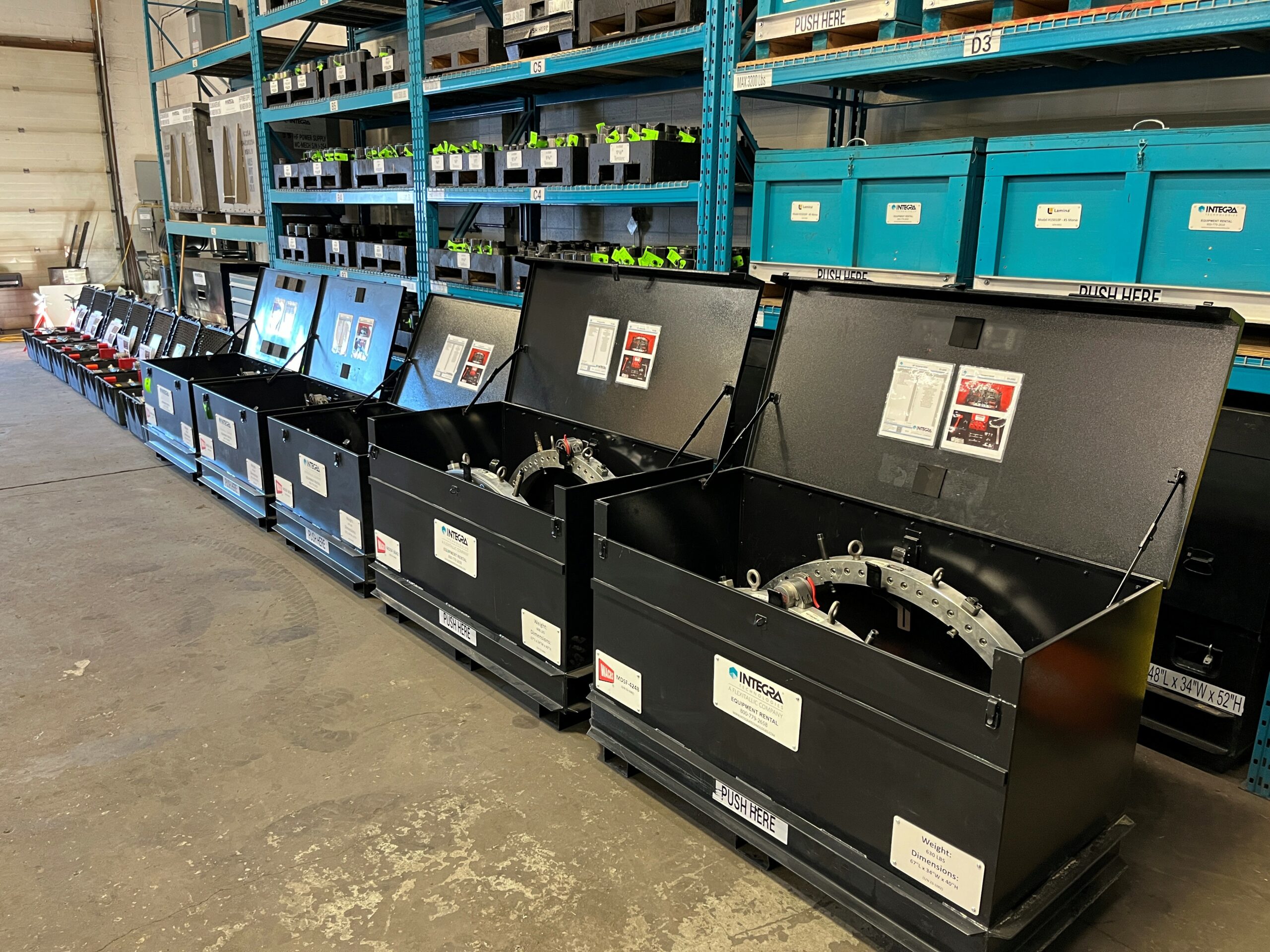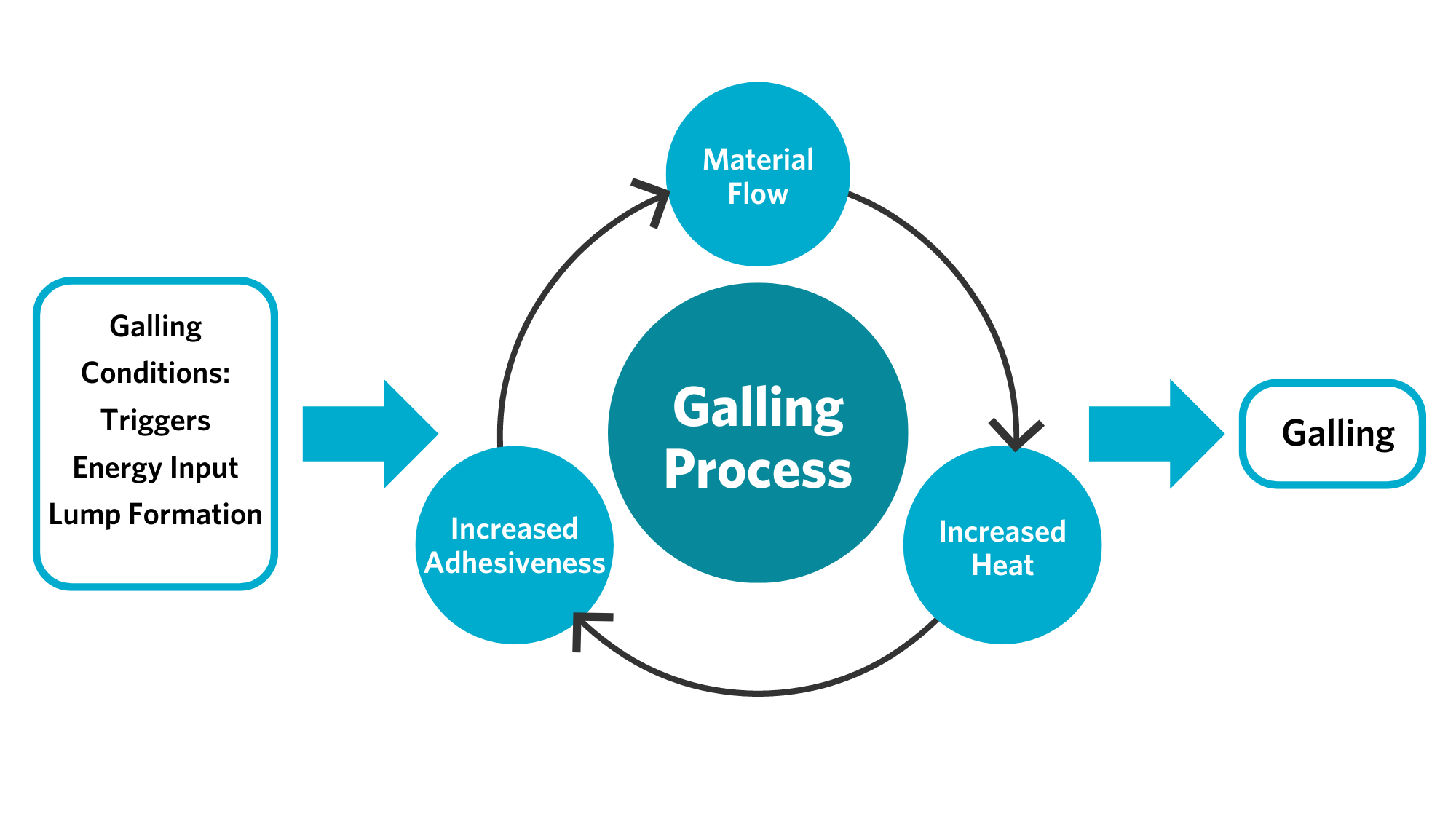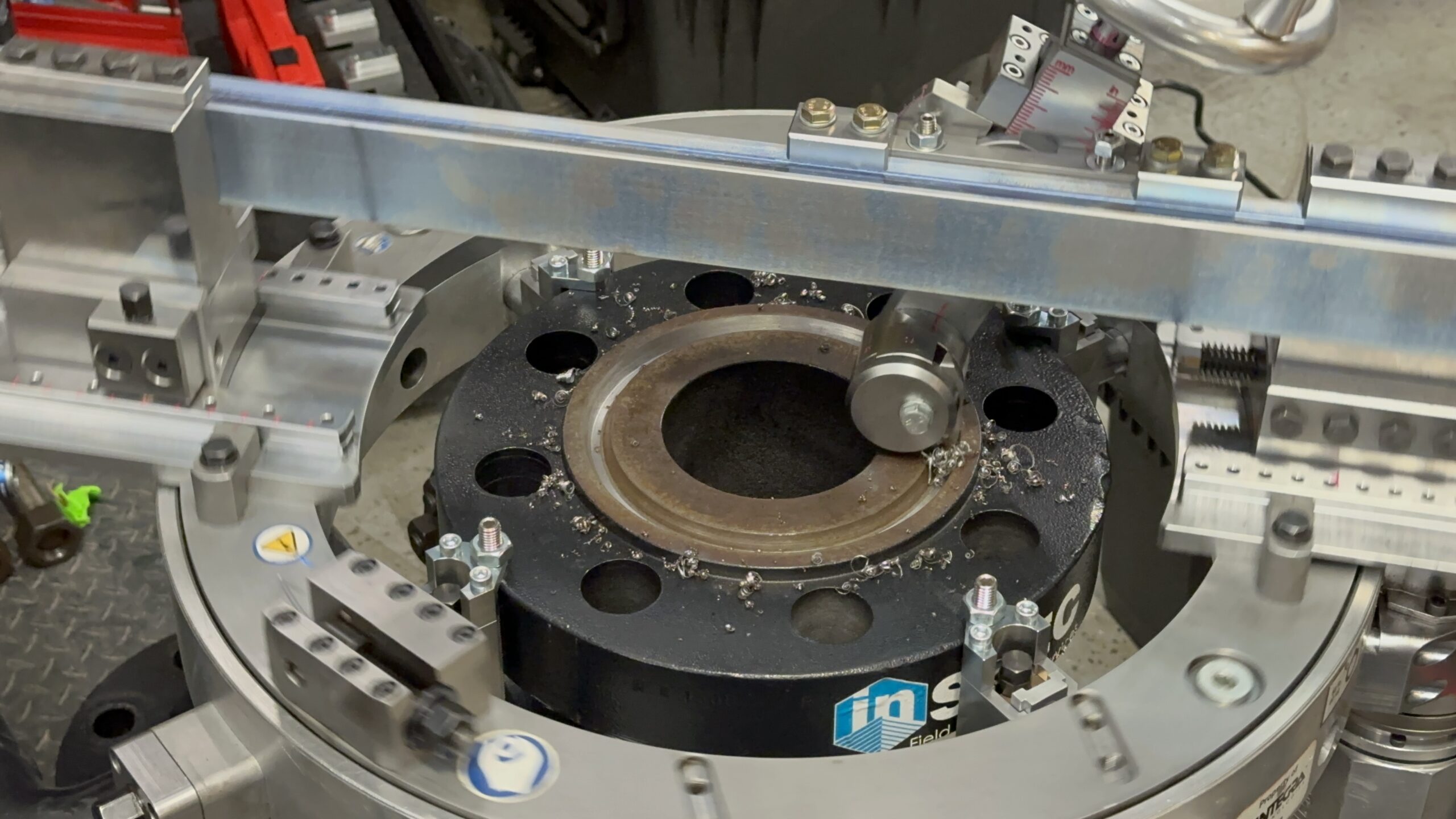Ensuring the safety of operators and bystanders when working with hydraulic tools and systems is paramount. In this post, we’ll explore best practices for working safely with hydraulic equipment.
- Comprehensive Training
The foundation of safety when working with hydraulic equipment is proper training. All operators should undergo comprehensive training that covers the following:
- Operational Procedures: Understanding how to operate the equipment safely and effectively.
- Safety Protocols: Familiarity with safety measures, including emergency procedures and proper shutdown techniques.
- Maintenance Practices: Knowledge of routine maintenance to ensure equipment remains in safe and optimal working condition.
- Regular Equipment Inspections
Regular inspections of hydraulic equipment are essential to ensure safety and functionality. Operators should conduct daily checks and periodic detailed inspections to identify potential issues before they escalate.
Keeping a detailed inspection log can help track maintenance and identify recurring issues, enhancing overall safety.
- Proper Personal Protective Equipment (PPE)
Wearing the appropriate personal protective equipment (PPE) is vital when working with hydraulic tools. Essential PPE includes:
- Safety Glasses: Protects eyes from fluid splashes and debris.
- Gloves: Provides grip and protects hands from sharp edges and hydraulic fluids. E.g., INTEGRA Technologies uses impact and cut-resistant gloves to include protection from pinch points when positioning tooling.
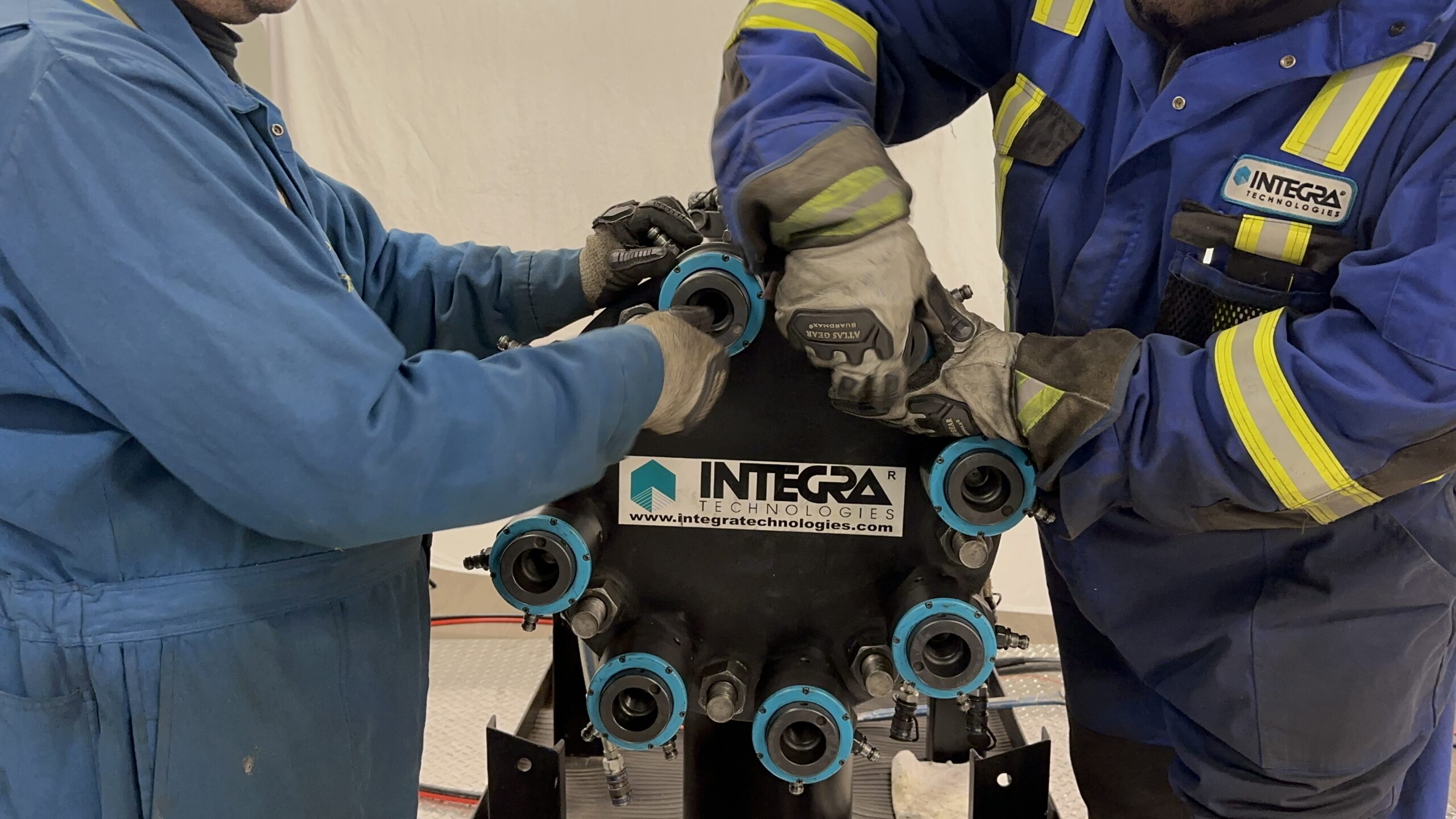
- Hard Hats: Safeguards against falling objects in work areas.
- Safety-Toed Shoes: Offers protection against heavy equipment and reduces the risk of foot injuries.
Using the right PPE can significantly reduce the likelihood of injuries and create a safer work environment.
- Adhering to Manufacturer Guidelines
Each piece of hydraulic equipment comes with a set of manufacturer guidelines that provide crucial information about safe operation, maintenance, and troubleshooting. Operators should:
- Read the Manual: Familiarize themselves with the equipment’s specifications and safety instructions.
- Follow Maintenance Schedules: Adhere to recommended service intervals and procedures to maintain equipment reliability and safety.
- Use Recommended Parts: Ensure that any replacement parts or fluids meet the manufacturer’s specifications to avoid compatibility issues.
Following these guidelines can help prevent accidents and extend the life of the equipment.
- Establishing a Safety Culture
Creating a safety-conscious workplace culture is essential for promoting safe practices among all employees. This can be achieved by:
- Encouraging Open Communication: Foster an environment where employees feel comfortable reporting safety concerns or suggesting improvements.
- Implementing Safety Meetings: Regularly hold safety meetings to discuss best practices, review incidents, and reinforce safety protocols.
- Recognizing Safe Behavior: Acknowledge and reward employees who consistently demonstrate safe practices, reinforcing the importance of safety in the workplace.
A strong safety culture not only protects employees but also enhances overall productivity and morale.
Conclusion
Working safely with hydraulic equipment is a shared responsibility that requires commitment from everyone involved. By implementing comprehensive training, conducting regular inspections, wearing appropriate PPE, adhering to manufacturer guidelines, and fostering a safety culture, organizations can significantly reduce the risk of accidents and injuries.
At INTEGRA Technologies, we prioritize safety in all aspects of our operations. Our commitment to providing top-notch equipment and services ensures that our clients can work confidently and safely. For more information on our hydraulic tools and services, contact us today!

